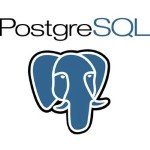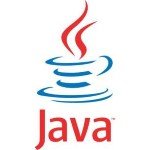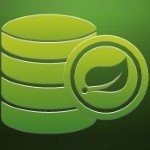PostgreSQL
-
Software Development

Window functions in Database
Window functions in PostgreSQL allow us to perform calculations across a set of table rows that are related to the…
Read More » -
Software Development

Database stored proc and triggers
When working with databases, stored procedures, and triggers are powerful tools that allow developers to automate and streamline data operations.…
Read More » -
Core Java

Getting the Insert ID in JDBC
When working with relational databases in Java, it’s common to perform insert operations and then retrieve the ID of the…
Read More » -
Core Java

Resolving PostgreSQL JSON Type Mismatch Errors in JPA
When working with PostgreSQL and Java Persistence API (JPA), you might encounter a common error related to JSON data types.…
Read More » -
Enterprise Java

How to Fix PSQLException Operator Does Not Exist Character Varying = UUID
When working with Spring JPA and PostgreSQL, you might encounter an error like PSQLException: Operator Does Not Exist: character varying…
Read More » -
Core Java

Store File or byte[] as SQL Blob in Java (Store and Load)
In many applications, you might need to store files or binary data directly in a database. PostgreSQL offers a data…
Read More » -
Core Java

Insert JSON Object to PostgreSQL using preparedStatement
Storing JSON data in a PostgreSQL database can be quite efficient and effective. PostgreSQL offers two data types to store…
Read More » -
Enterprise Java

Finding the Max Value in Spring Data JPA
When working with Spring Data JPA, retrieving specific values from a database is a common requirement. One such requirement is…
Read More » -
Enterprise Java

Integrating Java Enums with JPA and PostgreSQL Enums
Enums are a powerful feature in Java, allowing us to define a fixed set of constants. When using JPA (Java…
Read More »




